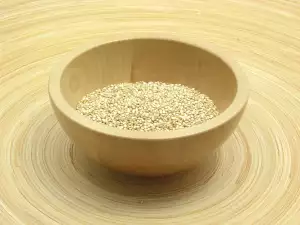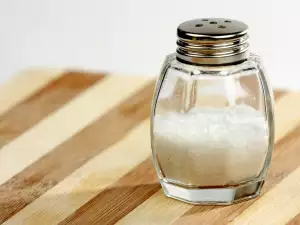Cereals contain all of the elements needed by the human body for it to develop sufficiently. They are rich in carbohydrates, proteins, vitamins, minerals and other substances beneficial for humans. Take a look at the ones that are most valuable to our health.
Einkorn
Einkorn has been cultivated as a cereal for millennia. This plant is known to be one of the first cultivated forms of wheat. Einkorn contains proteins, minerals, vitamins A, vitamin E, vitamin B1, niacin, vitamin B3, calcium, potassium, phosphorus, iron, sulfur, zinc, selenium and others, making it a must for our kitchen table. Einkorn is most beneficial for problems with the spleen and pancreas, exostosis, colitis, neurosis and a weak immune system.
Quinoa

It is cereal-like and considered a grain by many. Quinoa, which has been cultivated for millennia, contains vitamin B, vitamin E, zinc, phosphorus, magnesium and fiber. This plant is also rich in essential amino acids. Quinoa is particularly appropriate for people with high blood pressure and migraine, it also combats high cholesterol. The plant protects against breast cancer and diabetes. In addition, quinoa requires continuous heat treatment like most cereals, which is why people prefer it to rice.
Sorghum

Sorghum is a grain wheat, cultivated mostly in countries with a tropical climate, such as India, China, the US and Mexico. As far as nutrition goes, this plant is similar to corn, which is also why it's used as a substitute for it. However, it contains more protein and starch than corn does. Sorghum also contains potassium, iron, vitamin B1, vitamin B2, vitamin B3 and minerals.
In contrast to other cereals, sorghum does not contain gluten, making it a perfect food for people suffering from gluten intolerance. Further, consumption of this cereal is recommended for persons with heart problems.
Rye
Rye is a cereal that looks a lot like wheat. The difference is that rye is taller, with the color being dark yellow, sometimes even grey-green. This plant is a wonderful source of magnesium, zinc, iron, phosphorus, copper, vitamin B1, vitamin B2, vitamin B3, vitamin B9.
Rye also contains carbohydrates, fibers, proteins and fats. Rye is a great ally in the battle against excess pounds. It is healthy for people suffering from diabetes and women in menopause. Rye helps prevent breast cancer and is beneficial against heart diseases.






















